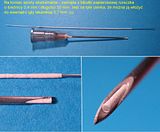I'll try with the Google translator ;)Nikolas-A pisze:Hello! Can you translate this text on english?
-----------------------------------------------------
Gluing thin and long tubes
Example: tube about the diameter of 2,2 mm and the length of 26 cm glued together to the narrow bookmark :

___________________________________
The main role is played here a ruler. Here is the recipe:
- (the left photo): we are winding a strip of paper on something round.
These areas (dashes) can be moistened with water to more easily wrapped paper
- (right): you have to push the ruler as close to the white stick to it tightly wrapped paper (better that the paper was slightly damp)
Moistened with water (or liquid glue) the oval portion of the paper.
Dry it with a hair dryer (not removing the ruler):
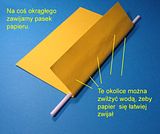
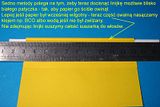
______________________________
- (left): after drying, the paper retains shape
- (right): slide a piece of card stock (or thin plates) between the paper aligning it to stick. It is a pad for the blade of knife:

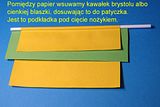
________________________
- (left): put a ruler and knife cut the unnecessary paper strip
- (right): wet brush push the edge (it is not always necessary or possible)


_________________________________
- (left): again with a ruler to cut unnecessary strip. Inside spread glue
- (rihgt): glue tab (roll on something soft or press with your fingers)


_______________________________
Done

________________________________
Contact gluing cylinder
- (left part): glue a strip of paper to something in the shape of a cylinder (with a transparent adhesive tape). Line is the edge of the sheet after winding
- (between): on the right side of the line put a wet sheet of card stock (to do a cylinder). Then roll it like roulade cake.
- (right): leave to dry (a few hours)

_________________________________
- (left): after drying
- (right): you can paste into the plywood paper

__________________________________
A similar method can be rolled thin tube (orange paper). A thin strip of paper glued to a thin rod (eg. a wire, spoke)
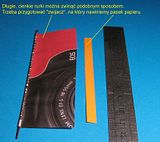
____________________________________
- (top): put a wet paper strip (orange) parallel to the instrument
- (between): collapse and leave for a few minutes
- (down): slightly expand and extend the tube
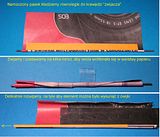
_____________________________________
tube onto the wire to dry and glue on the pin:

____________________________________
You can also glue like the original part of the paper model:
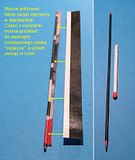
_____________________________________
The extreme example
